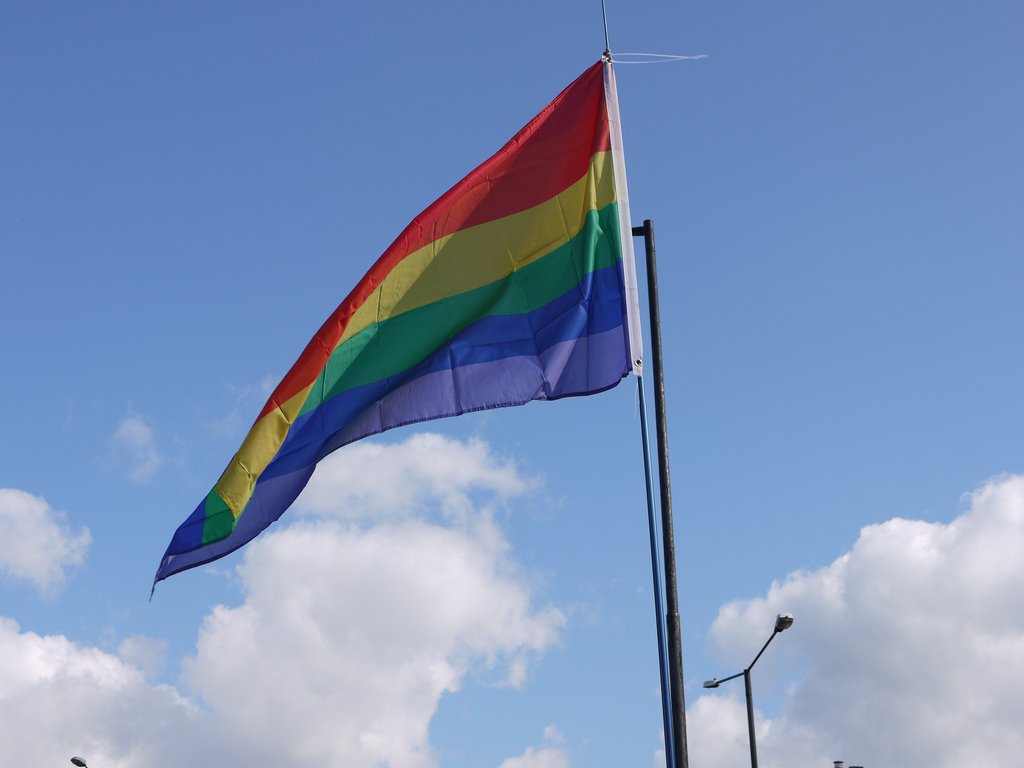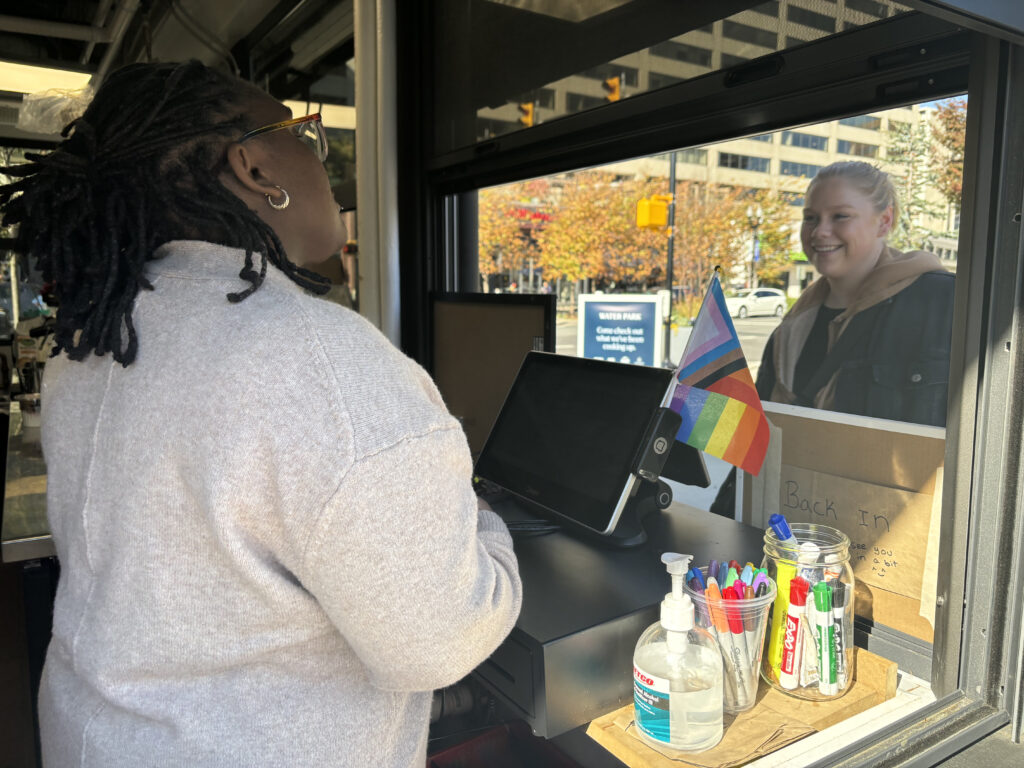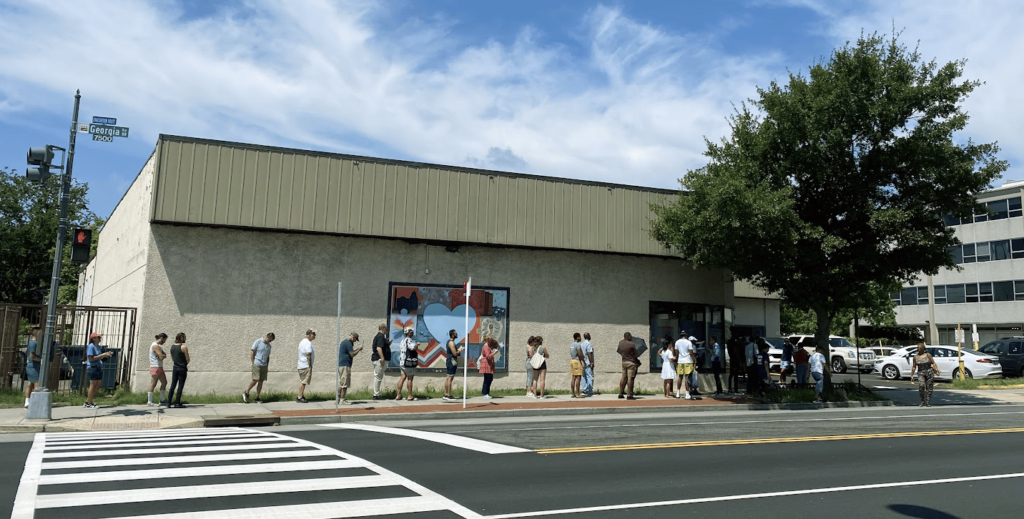When I was 12, my sister told my mother I was gay. I didn’t have the words to express I was transgender. My mom threw things at me. After that, I got used to not being loved by my mom.
After I transitioned there was no care for me by my family. I got no food. The only place for me to sleep was on a couch with three dogs.
I thought about suicide because there was no love and support to come home to.
As the comments above, from a February 2015 interview with a transgender 21-year-old, exemplify, lesbian, gay, bisexual and, in particular, transgender people still face significant obstacles to acceptance, despite increased acceptance of LGBT rights.
As a consequence of persistent obstacles, a high percentage of LGBT youth become homeless. Though they comprise 10 percent of the population under age 18, it is estimated they comprise 40 percent of homeless youth. Conditions for transgender youth appear to be the most difficult, with 20 percent of transgender adults in their 30s reporting having been homeless at some point in their lives.
Studies indicate the most common reasons LGBT youth become homeless is due to family rejection (including youth forced out by their families and those who ran away due to rejection) and physical, emotional or sexual abuse at home. A 2011 survey of over 6,400 transgender adults age 18 and older reported high percentages had been victims of physical or sexual assault (64 percent), lived in extreme poverty (61 percent), harassment or bullying in school (51 percent) and attempted suicide (41 percent). Some researchers have attributed the high percentage of transgender adults who have attempted suicide to the mental health impact of persistent and extreme discrimination.
Adding to the tremendous hardship faced by transgender people is the spate of discriminatory “bathroom bills” such as the one vetoed by South Dakota’s governor on March 1. That bill would have required transgender public school students to use the restroom and locker room of their gender at birth, even if they currently live and present themselves as the opposite gender. According to the American Civil Liberties Union, over two dozen such bills are pending in states, including Virginia. The Virginia bill would fine students $50 for using the bathroom not corresponding to their gender at birth.
Once homeless, life for LGBT youth is even more dangerous than for their non-LGBT counterparts. Fifty-eight percent of LGBT youth report having been sexually assaulted on streets or in shelters, as compared to 33 percent of non-LGBT youth. Conditions for homeless transgender persons are worst of all as they are more likely to have been incarcerated, more likely to have done sex work, to be HIV-positive and to have attempted suicide (69 percent) than transgender persons who are not homeless. Nearly one-third report having been turned away
from shelters because they are transgender, and 42 percent report being forced to stay in facilities for the wrong gender.
A key priority should be to prevent homelessness among youth in the first place, with a particular focus on transgender young people and LGBT youth. Here are some steps:
1. Bust stigma. Public awareness and education campaigns can focus attention on gender identification being an essential aspect of who a person is and not a willed choice. Training should include outreach to parents, educators, shelter staff and foster parents so they can provide support to LGBT youth. Understanding and accepting parents, other relatives, friends, teachers, religious leaders and others can be the link that prevents homelessness or suicide among vulnerable youth.
2. Mentor. Specific support for LGBT youth at risk of family abuse or homelessness should include mentors. A responsible mentor can be the lifesaver and role model that young person needs.
3. Provide privacy. Youth deserve to discuss issues related to gender identity and LGBT issues with medical professionals and in privacy. Because transgender youth are often afraid to tell parents and family members about their gender identification and because they often present to medical professionals as depressed, anxious or substance-abusing, it is important that health professionals afford young people some time to discuss any issues in private. This doesn’t always occur, depriving the young person the chance to get answers to questions or ensure the health professional has all necessary information.
The acceptance of my friend and her mother saved my life. They let me live at their house. If I had continued in my home environment I was afraid I would be pushed to commit suicide.
Even today my mother thinks it’s a choice, a burden I put on her. But there is some progress. She recently tagged me on Facebook as her daughter.








